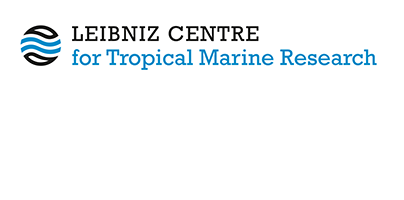Mapping Soil, Losing Ground? Politics of Soil Mapping.
Kon Kam King, Juliette and Granjou, Céline (2020) Mapping Soil, Losing Ground? Politics of Soil Mapping. In: Thinking with Soils. , ed. by Salazar, Juan Francisco, Granjou, Céline, Kearnes, Matthew, Krzywoszynska, Anna and Tironi, Manuel. Bloomsbury Academic, London, pp. 39-54. ISBN 978-1-3501-0957-5 DOI https://doi.org/10.5040/9781350109568.ch-003.
|
Text
Kon Kam King.PDF - Published Version Restricted to Registered users only Download (741kB) |
Abstract
Cartography and mapping have never been neutral instruments of description and knowledge of space: they promote certain conceptions of what mapping means, and what territories are—making them amenable to certain projects of government (Turnbull 1989; Jacob 1992; Cosgrove 1999). Soil mapping aims to account for the diversity of vertical layering and horizontal distribution of soil. As with any kind of cartographic enterprise, soil maps are far from being mere tools or resources for representing an outside world that is already “out there,” waiting to be measured and mapped; instead, soil maps materialize struggles for the imposition of value-laden views of what soils are, who soil experts are, and what knowing and governing soils means. In this chapter, we propose to reflect on the constitutive powers of soil maps, i.e., the notion that they do not merely hold instrumental value as transparent tools of representation and knowledge but also have the capacity to constitute soil issues and soil ontologies. As part of this book’s broader attempt to articulate a material politics of soil, our reflection on soil maps draws inspiration from Bruce Braun and Sarah Whatmore’s program to rethink the “constitutive nature of material processes and entities in social and political life” and to understand “the way that things . . . help constitute the common worlds that we share” (2010: ix). As with any kind of knowledge enterprise, soil mapping relies on a range of material and social “inscriptions” (Latour 1999) and “infrastructures” (Star 1999), including soil maps and nomenclatures, soil samplings, measurement and analysis guidelines and tools, soil data and databases, and research institutions and organizations funding and fostering soil mapping. In this chapter, we are interested in the material politics of soil mapping, how soil maps and soil mapping infrastructures contribute to making soil thinkable and governable in some ways rather than others. As Turnbull put it, “we should perhaps recognize that all maps . . . can be related to experience and that instead of rating them in terms of accuracy or scientificity we should consider only their ‘workability’—how successful are they in achieving the aims for which they were drawn” (1989: 42). By retracing the history of soil mapping in France from the 1960s to the present, we show how shifting material infrastructures of soil mapping have been making soil amenable to various forms of management and governance—thus accounting for “the relationship between scientific and political practices and orderings” (Braun and Whatmore 2010: x)
| Document Type: | Book chapter |
|---|---|
| Programme Area: | PA Not Applicable |
| Research affiliation: | Social Sciences > Social-Ecological Systems Analysis |
| DOI: | https://doi.org/10.5040/9781350109568.ch-003 |
| Date Deposited: | 14 Oct 2025 10:46 |
| Last Modified: | 14 Oct 2025 10:46 |
| URI: | https://cris.leibniz-zmt.de/id/eprint/5786 |
Actions (login required)
 |
View Item |





 Tools
Tools Tools
Tools